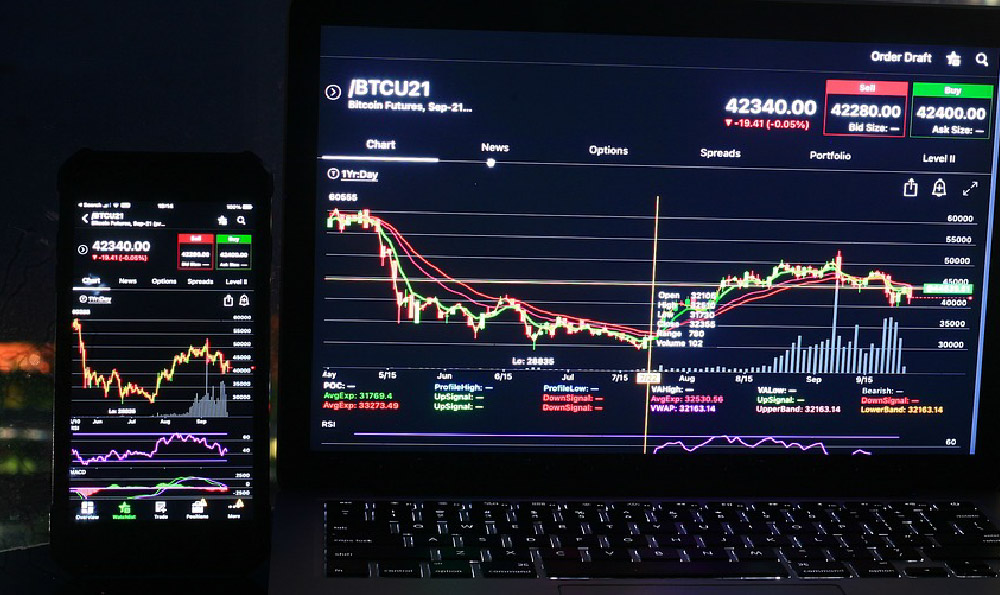
The allure of becoming a successful YouTuber is undeniable. The platform promises creative freedom, a direct connection with an audience, and, for some, a potentially lucrative income. However, the question of how much YouTubers really make is often shrouded in mystery and misconception. The reality is far more complex than simply counting views and multiplying by a fixed rate. Numerous factors influence a YouTuber's earning potential, making it a variable and often unpredictable endeavor.
One of the most significant factors affecting a YouTuber's income is the ad revenue generated through Google AdSense. YouTube pays creators based on the number of monetized views, meaning views where ads were shown. The key metrics here are CPM (Cost Per Mille), which is the cost an advertiser pays for one thousand views of an ad, and RPM (Revenue Per Mille), which is the actual revenue a YouTuber receives for one thousand views after YouTube takes its cut (typically around 45%). CPM and RPM are not static values; they fluctuate based on various factors. The geographic location of the viewer plays a crucial role. Views from countries with higher advertising rates, such as the United States, Canada, and the United Kingdom, will generate significantly more revenue than views from countries with lower advertising rates. Demographics also matter. Advertisers are willing to pay more to reach certain demographics, such as young adults or affluent individuals. The content itself is also a major determinant. Videos with content that appeals to advertisers, such as tech reviews, finance tutorials, or lifestyle vlogs, tend to attract higher CPMs than content that is deemed less brand-safe or less appealing to a broad audience.
The time of year can also impact ad revenue. Advertising rates tend to be higher during peak seasons like the holiday season, as businesses increase their marketing budgets to reach consumers. Conversely, ad rates may decrease during slower periods, such as January and February. The niche a YouTuber operates in is perhaps one of the most crucial determinants of their earning potential. Some niches are inherently more lucrative than others. For example, finance and business channels often command higher CPMs due to the high value of financial products and services. Gaming channels, while popular, may have lower CPMs due to a younger and less affluent audience. Beauty and fashion channels often attract lucrative sponsorships and brand deals, supplementing their ad revenue. Ultimately, a YouTuber's ability to carve out a profitable niche is essential for long-term success.

Beyond ad revenue, many YouTubers diversify their income streams through other avenues. Sponsorships and brand deals are a significant source of revenue for many creators. Companies pay YouTubers to promote their products or services in their videos, offering a fixed fee or a commission based on sales. The value of a sponsorship depends on the YouTuber's reach, engagement, and relevance to the brand's target audience. To secure sponsorships, YouTubers must build a strong brand, cultivate an engaged audience, and demonstrate their ability to deliver results for advertisers. Affiliate marketing is another popular income stream. YouTubers promote products or services and earn a commission for every sale generated through their unique affiliate links. This is particularly effective for YouTubers who review products or offer tutorials. The commission rates vary depending on the product or service and the affiliate program.
Merchandise sales can also be a substantial revenue source for YouTubers who have built a strong brand and loyal fanbase. Selling merchandise, such as clothing, accessories, and other branded items, allows YouTubers to monetize their brand and connect with their audience on a deeper level. Creating and selling online courses or digital products is yet another avenue for generating income. YouTubers who have expertise in a particular area can create and sell online courses, ebooks, or other digital products to share their knowledge and skills with their audience. This can be a highly profitable venture, especially if the content is in demand and the YouTuber has a strong reputation.
Crowdfunding platforms like Patreon allow YouTubers to receive recurring financial support from their fans in exchange for exclusive content or perks. This can provide a stable and predictable income stream, allowing YouTubers to focus on creating high-quality content without worrying about the fluctuating nature of ad revenue. Super Chat and channel memberships are YouTube features that allow viewers to pay to have their messages highlighted during live streams or to access exclusive content and perks. These features can generate additional income for YouTubers who regularly engage with their audience through live streams.
Ultimately, determining precisely how much a YouTuber earns is nearly impossible without access to their financial data. However, by considering the factors mentioned above, one can gain a more nuanced understanding of the complex economics of YouTube. It is important to recognize that success on YouTube requires not only creativity and talent but also business acumen, marketing skills, and a strategic approach to monetization. The path to financial success on YouTube is not a guarantee, but with hard work, dedication, and a smart strategy, it is a possibility for those who are willing to put in the effort. The most successful YouTubers are not just content creators; they are entrepreneurs who have built a brand, cultivated a community, and diversified their income streams to create a sustainable and profitable business.





